Free radicals have a high degree of reactivity, which gives them the potential to be both very dangerous pollutants and very strong chemical weapons. Because radical processes naturally like to go in a chain reaction way, a large portion of the strength of free radical species comes from this trait. The start, propagation, and termination phases of a chain reaction involving radicals are all unique from one another. The first step that produces a radical species is referred to as the initiation phase. Because of the enormous energy barriers involved, this is often a homolytic cleavage event that only occurs extremely infrequently. To break through the energy barrier, it is frequently essential to use heat, UV light, or a catalyst that contains metal. The "chain" component of chain reactions is described by the propagation phase. Once a reactive free radical is created, it can combine with other stable molecules to create additional reactive free radicals. More free radicals are produced by these fresh ones, and so forth. Steps in the propagation process frequently include removing hydrogen from double bonds or adding the radical to them. When two free radical species interact with one another to create a stable, non-radical adduct, chain termination occurs. Due to the low concentration of radical species and the low probability of two radicals colliding, even though this is a very thermodynamically downhill event, it is also very uncommon. In other words, the Gibbs free energy barrier for this reaction is very high, primarily because of entropic rather than enthalpic factors.
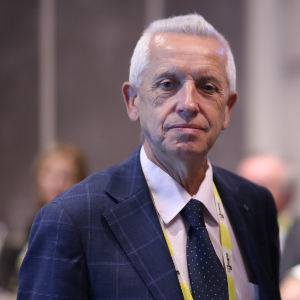
Stanislaw Dzwigaj
Sorbonne University, France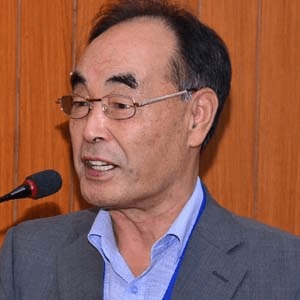
Dai Yeun Jeong
Asia Climate Change Education Center, Korea, Republic of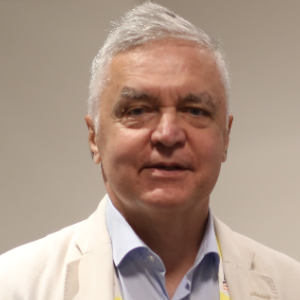
Sergey Suchkov
N.D. Zelinskii Institute for Organic Chemistry of the Russian Academy of Sciences, Russian Federation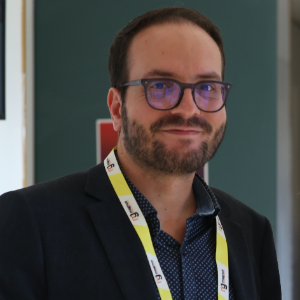
Enrico Paris
CREA-IT & DIAEE, Italy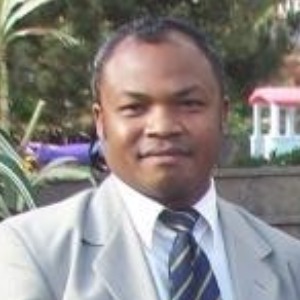
Rabeharitsara Andry Tahina
GPCI-ESPA Antananarivo University, Madagascar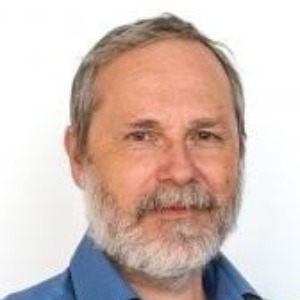
Jiri Dedecek
J Heyrovsky Institute of Physical Chemistry , Czech Republic
Uday Som
Research and Development Engineer, Japan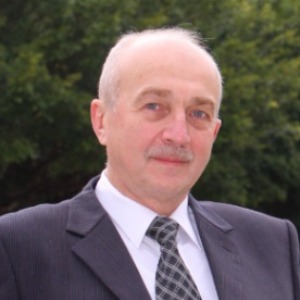
Vladimir G Chigrinov
Hong Kong University of Science and Technology, Russian Federation



Title : Distant binuclear vanadium V(II) cationic sites in zeolites and their reactivity
Jiri Dedecek, J Heyrovsky Institute of Physical Chemistry , Czech Republic
Title : Advanced nanostructures for carbon neutrality and sustainable H₂ energy
Tokeer Ahmad, Jamia Millia Islamia, India
Title : Personalized and Precision Medicine (PPM) as a unique healthcare model via bi-odesign, bio- and chemical engineering, translational applications, and upgraded business modeling to secure the human healthcare and biosafety
Sergey Suchkov, N.D. Zelinskii Institute for Organic Chemistry of the Russian Academy of Sciences, Russian Federation
Title : Antibody-proteases as a generation of unique biomarkers, biocatalysts, potential targets and translational tools towards nanodesign-driven biochemical engineering and precision medical practice
Sergey Suchkov, N.D. Zelinskii Institute for Organic Chemistry of the Russian Academy of Sciences, Russian Federation
Title : Dimethyl ether synthesis from syngas over Cu-Zn/Al2O3 catalysts prepared using the Sol-Gel method
Uday Som, Research and Development Engineer, Japan
Title : Influence of various catalysts on H₂ enhancement and CO2 capture during syngas upgrading
Enrico Paris, CREA-IT & DIAEE, Italy
Title : Photoaligned azodye nanolayers : New nanotechnology for liquid crystal devices
Vladimir G Chigrinov, Hong Kong University of Science and Technology, Russian Federation
Title : Application of vanadium, tantalum and chromium single-site zeolite catalysts in catalysis
Stanislaw Dzwigaj, Sorbonne University, France
Title : Oxidation of methane to methanol over pairs of transition metal ions stabilized in the zeolite matrices
Jiri Dedecek, J Heyrovsky Institute of Physical Chemistry , Czech Republic
Title : The Concept and Implications of Low Carbon Green Growth
Dai Yeun Jeong, Asia Climate Change Education Center, Korea, Republic of